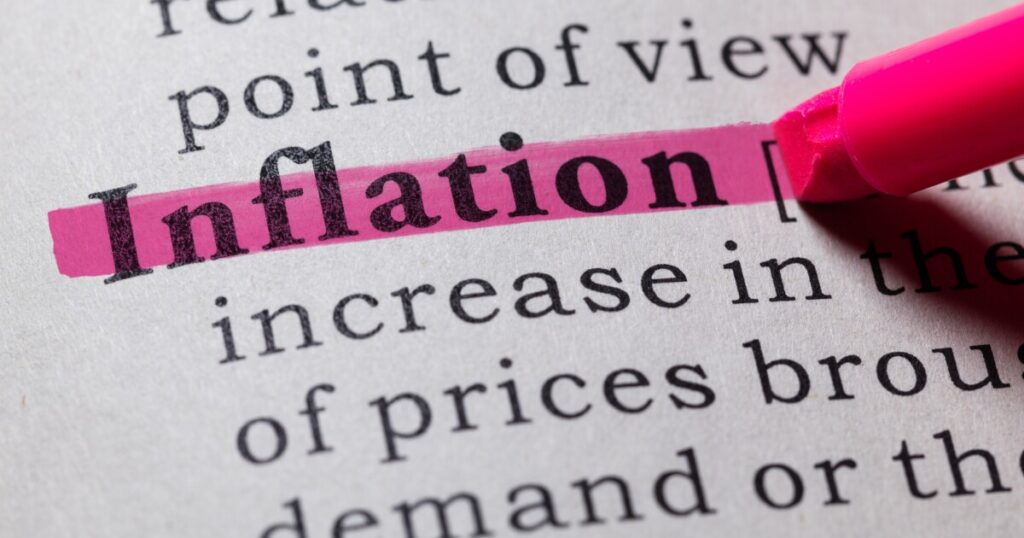The Federal Reserve’s preferred measure of underlying U.S. inflation decelerated in May, bolstering
The so-called core personal consumption expenditures price index, which strips out volatile food and energy items, increased 0.1% from the prior month. That marked the smallest advance in six months. On an unrounded basis, it was up just 0.08%, the least since November 2020.
From a year ago, it rose 2.6%, the least since early 2021, according to Bureau of Economic Analysis data out Friday. Inflation-adjusted consumer spending posted a solid advance after a pullback in April, driven by goods and fueled in part by a jump in incomes.
The report offers welcome news for
“The deflation in goods prices and weakness we are starting to see at least gets us a path to a possible September cut,” said KPMG Chief Economist Diane Swonk.
Central bankers pay close attention to services inflation excluding housing and energy, which tends to be more sticky. That metric increased 0.1% in May from the prior month, according to the BEA, the least since October.
Household demand has so far remained resilient even as borrowing costs have taken a toll on some sectors of the economy. The report showed inflation-adjusted outlays for services rose 0.1%, driven by airfares and health care. Spending on merchandise advanced 0.6%, led by computer software and vehicles.
Despite
The saving rate rose to 3.9%, the highest level since the start of the year.
A monthly government report on employment, due July 5, will offer the latest insight on how income growth is holding up.


